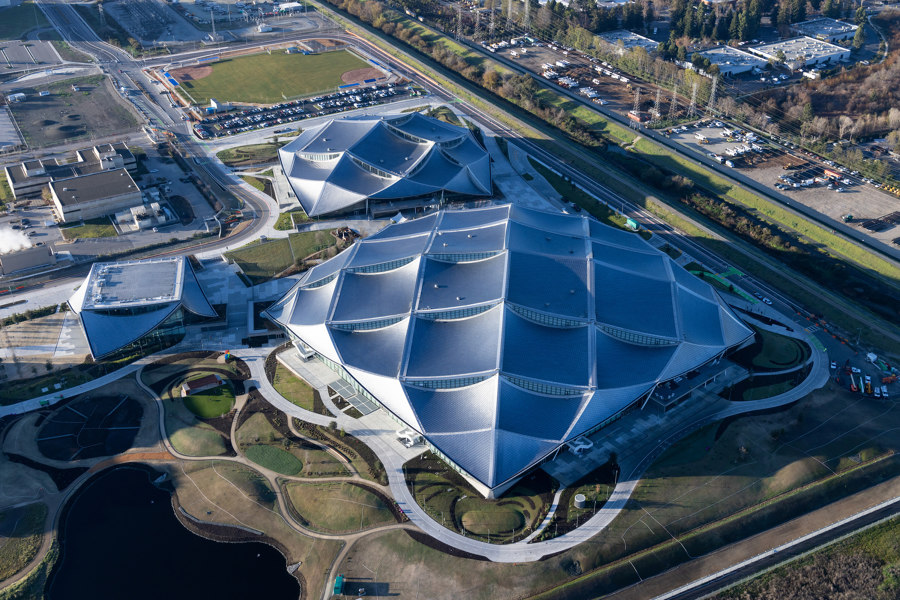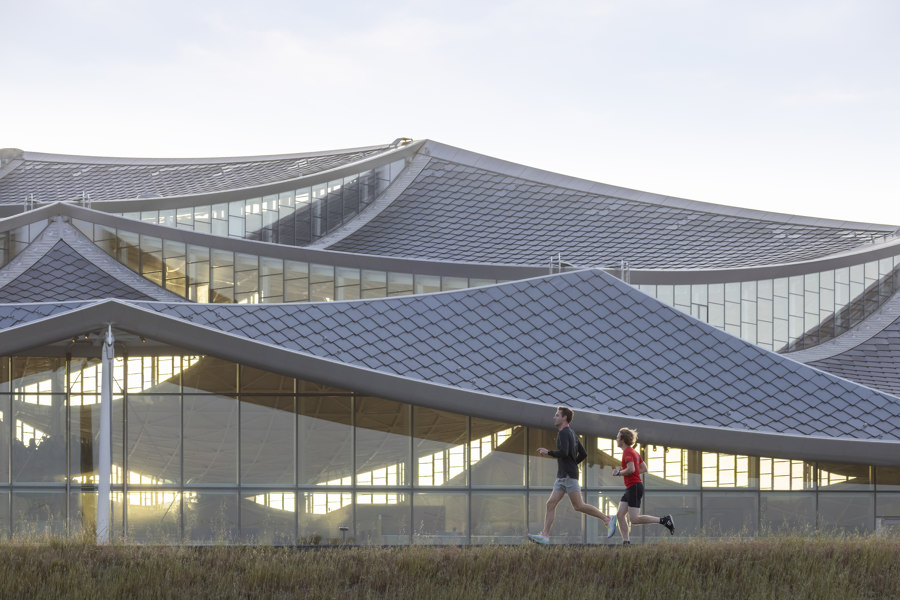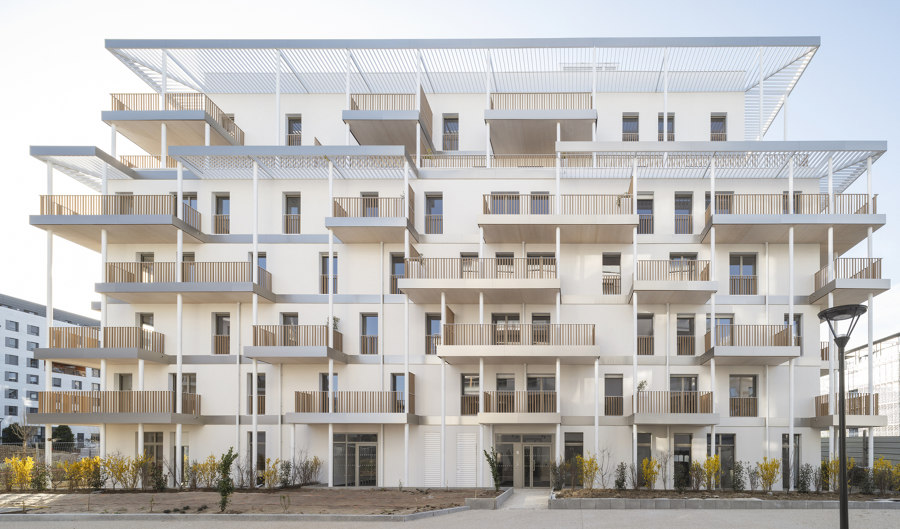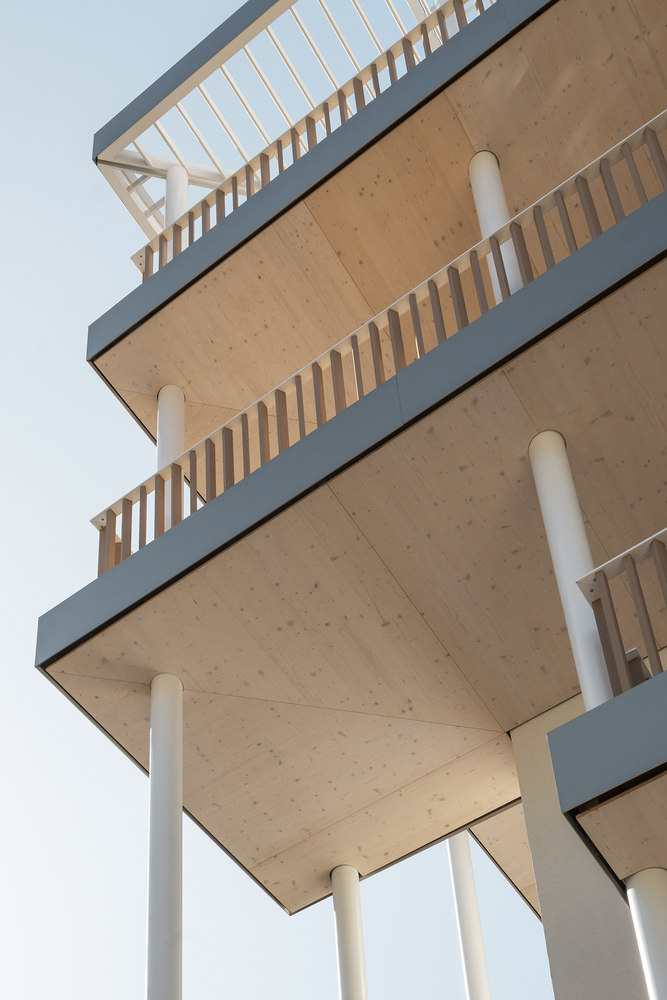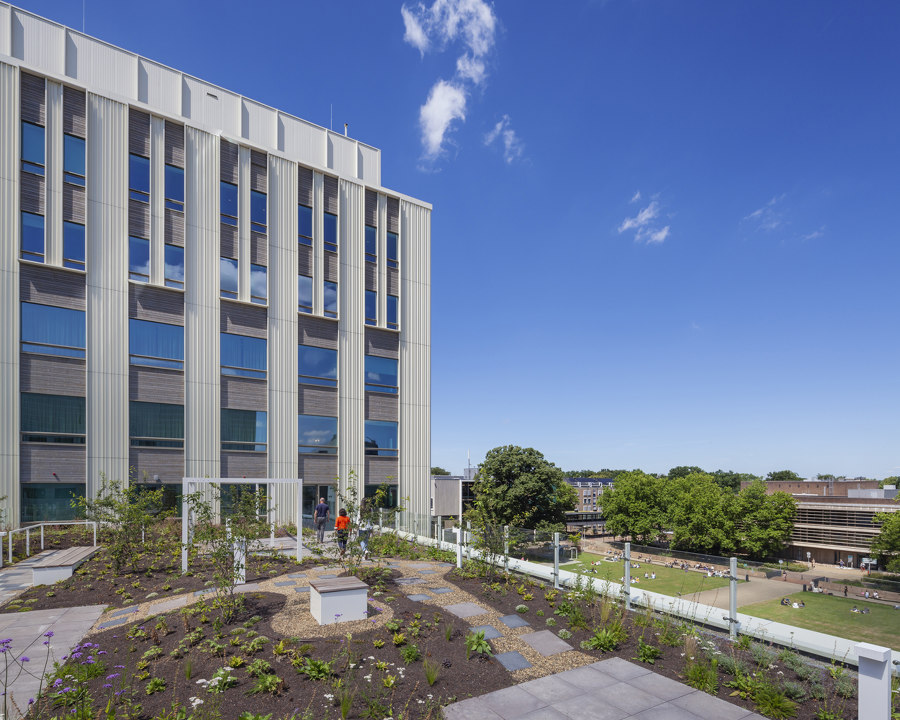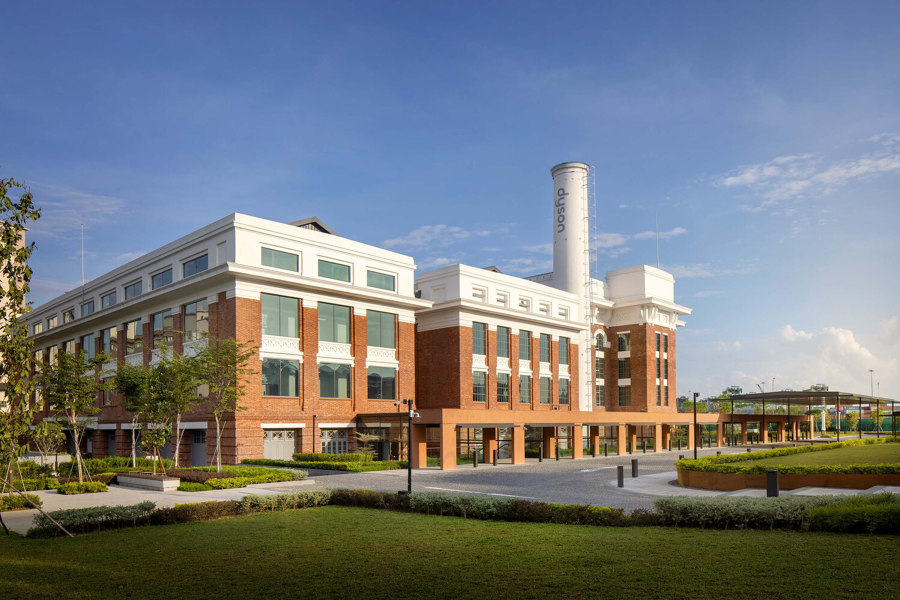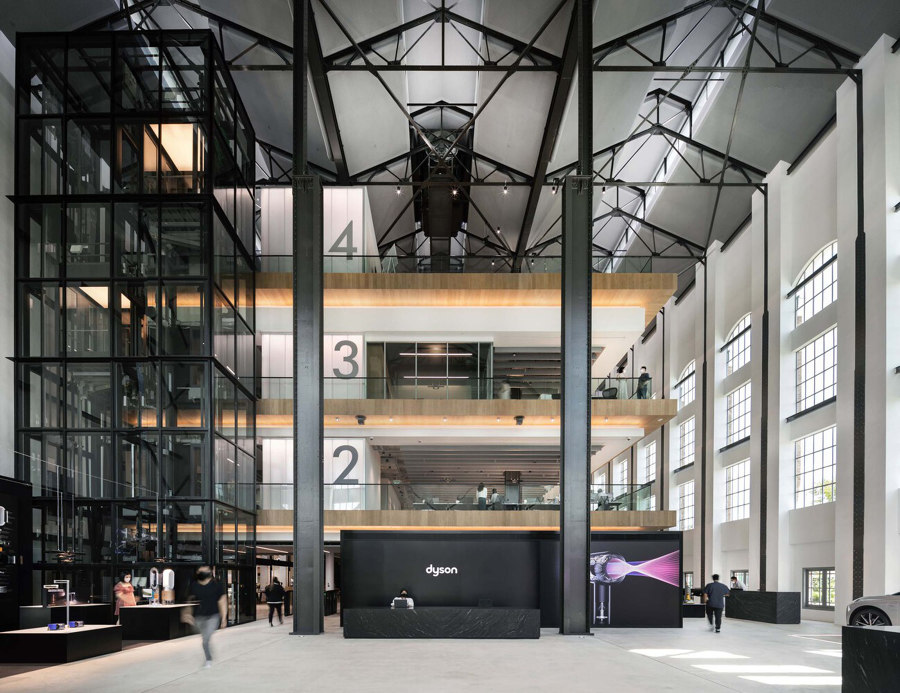The value of sustainable construction certification
Texte par James Wormald
13.03.23
Sustainable certifications allow brands to parade their green credentials like celebrity endorsements. More than just marketing tools, however, they help to distinguish fact from greenwashing fiction.
On-site systems at Google Bay View provide habit restoration, sea-level-rise protection and access to the Bay Trail and natural wetlands for both Google employees and the public. Photo: Iwan Baan
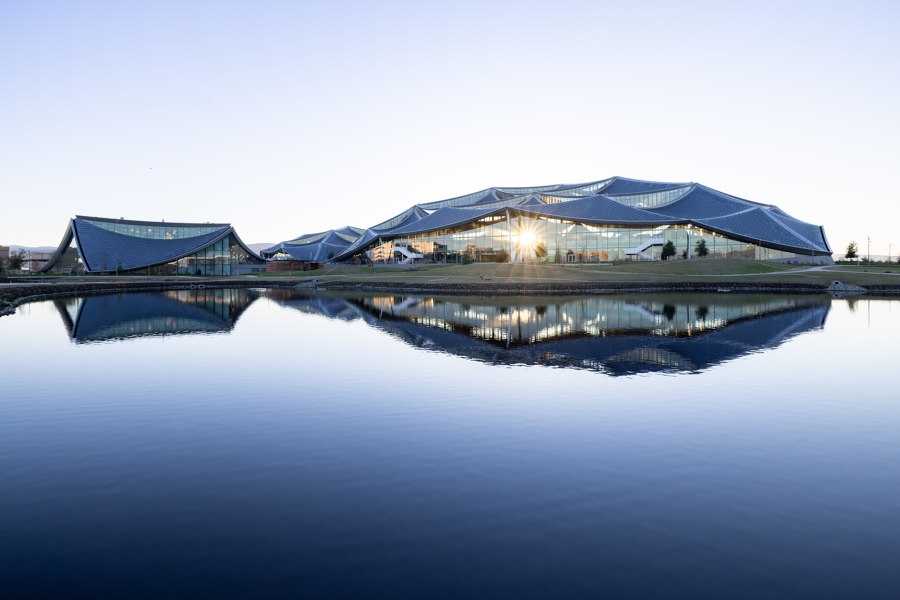
On-site systems at Google Bay View provide habit restoration, sea-level-rise protection and access to the Bay Trail and natural wetlands for both Google employees and the public. Photo: Iwan Baan
×Sustainable architecture and design both continue to rise in popularity in the private, commercial and public sectors. But individual companies and governments don’t altruistically reduce their carbon emissions simply for the health of the environment. They are also influenced by the health of their spreadsheets. The environmental claims of a product, business or, indeed, administration, are some of the biggest marketing tools money can buy, winning friends, contracts and even votes. So with so much information and disinformation out there to navigate, how do customers separate the honest environmental causes from the greenwashers?
Environmental claims are some of the biggest marketing tools money can buy, winning friends, contracts and even votes
Sustainable certifications are hallmarks of sincerity surrounding environmental issues, guaranteeing a new or renovated building does what it says on the recyclable tin. Here is a selection of some of the most popular sustainable construction certificates, and the project examples that follow them.
‘Dragon-scale’ solar panelling (top, middle) will allow Google Bay View to run carbon-free 24/7, while the roof’s clerestory windows (bottom) bring natural light throughout. Photos: Iwan Baan
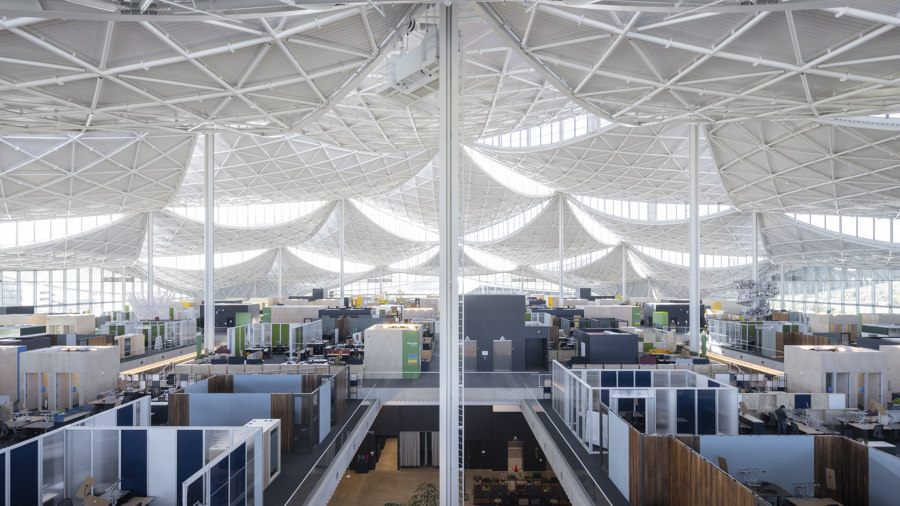
‘Dragon-scale’ solar panelling (top, middle) will allow Google Bay View to run carbon-free 24/7, while the roof’s clerestory windows (bottom) bring natural light throughout. Photos: Iwan Baan
×Google Bay View in Mountain View, California, US, by BIG + Heatherwick Studio
With LEED-NC v4 Platinum certification, Google’s Bay View campus by BIG and Heatherwick Studio demonstrates innovative construction and design features that result in its intention to operate entirely on carbon-free energy for 24 hours a day, seven days a week by 2030. A large percentage of LEED credits are related to low-carbon construction techniques and a low impact on water resources. Google’s campus, therefore, scores highly for its peaked canopy roof which is covered in 50,000 ‘dragon scale’ solar panels and allows the building to easily collect rainwater for treatment and reuse.
LEED-accredited buildings receive benefits such as tax credits and zoning allowances in the scheme’s native US
With a fifth of LEED credits awarded for a project’s impact on human health, the roof’s interrupting clerestory windows help here, too, bringing light and outdoor views to every corner of the interior. With LEED-accredited buildings receiving benefits such as tax credits and zoning allowances, the scheme is especially popular in its native US, but criticised for being more of a design tool, based on modelling rather than proven environmental performance.
CLT (cross-laminated timber) is used to structure the Apartments’ floors, facades and walls, while balcony flooring is made from window frame offcuts. Photos: Cyrille Weiner
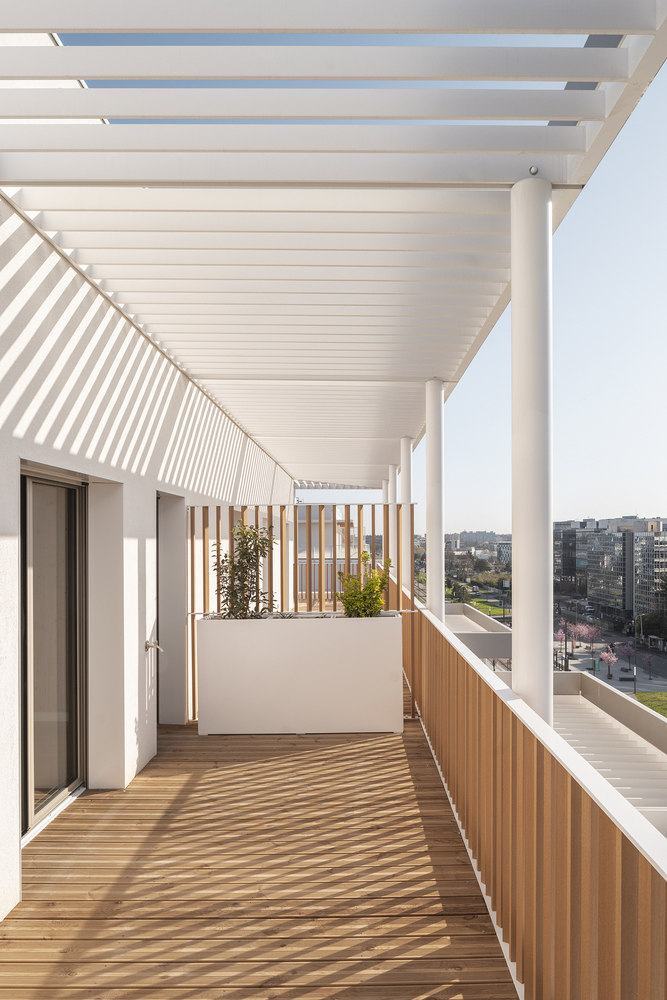
CLT (cross-laminated timber) is used to structure the Apartments’ floors, facades and walls, while balcony flooring is made from window frame offcuts. Photos: Cyrille Weiner
×Vélizy Morane Saulnier Apartments in Vélizy-Villacoublay, France, by DREAM
A far simpler, yet arguably more relevant, review of a building’s environmental credentials, meanwhile, is the French-developed construction regulation certification BBCA, for low-carbon buildings. By focusing on a project’s carbon emissions over the course of its entire lifetime – construction, use and end-of-life – BBCA rewards low-carbon construction in the longer term.
Focusing on a project’s carbon emissions over the course of its entire lifetime, BBCA rewards low-carbon construction in the longer term
The Vélizy Morane Saulnier Apartments, for example, feature commonplace low-carbon initiatives like roof-installed solar panels, but the real hero of the project is wood. Used in the floors, facades and walls of the apartments, a CLT (cross-laminated timber) structure is prefabricated in the factory, which halves the duration of the structural works and limits the number of truck rotations on-site,’ explains the architects, DREAM. Meanwhile, CLT offcuts made during window installation are even reused as flooring on the balconies.
Biophilic design aids recovery at Radboudumc hospital, where natural light pays a visit through a central atrium (top) and glazed facade/ceiling (bottom). Photos: Scagliola Brakkee fotography
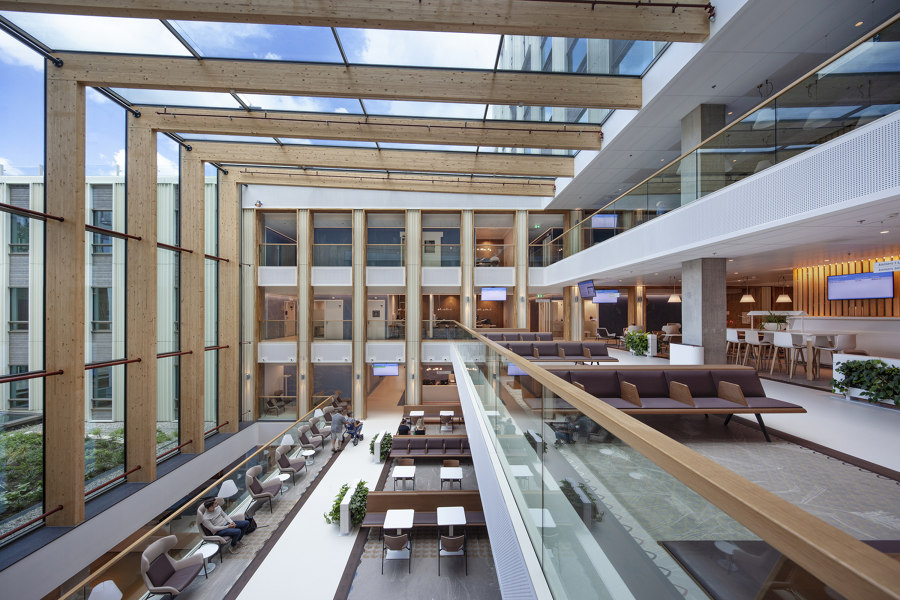
Biophilic design aids recovery at Radboudumc hospital, where natural light pays a visit through a central atrium (top) and glazed facade/ceiling (bottom). Photos: Scagliola Brakkee fotography
×Main building Radboudumc Hospital in Nijmegen, The Netherlands, by EGM architects
Like road layouts and imperial measurements, the UK often deems to do things its own way, and sustainable construction certification is no different. As the longest-running accreditation of sustainable built environments, however, UK-born BREEAM is one of the most comprehensive. Taking in not only the net-zero carbon emissions of built projects across their whole lifetime, BREEAM also takes into account their health and social impact, circularity and resilience and biodiversity over the same period, too.
‘Working and recovering in natural lighting conditions supports biorhythm and is crucial for physical and mental recovery’
‘All the design decisions and innovations make this the most sustainable hospital in Western Europe,’ claim EGM architects, of the Radboudumc hospital, it’s the building’s humanism and connection to nature that ensures its design and construction choices create healthy environments that aid recovery. ‘Plenty of daylight, views of courtyard gardens from everywhere and striking views make every space pleasant,’ as EGM explains, ‘working and recovering in natural lighting conditions – all day long – supports biorhythm and is crucial for physical and mental recovery.’
Biophilic design also plays an important role in the adaptive reuse of St. James Power Station for Dyson’s global headquarters, which references the building’s industrial past. Photos: Finbarr Fallon
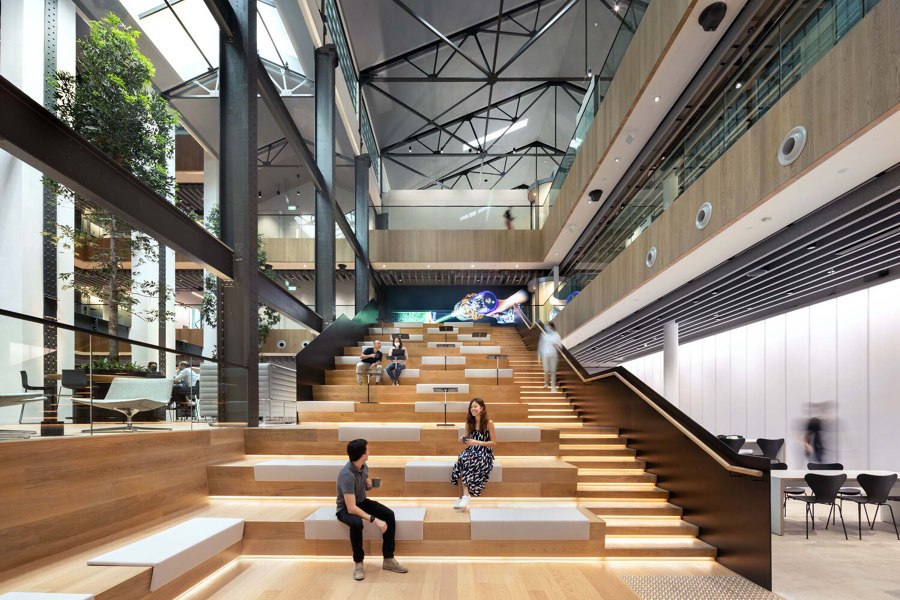
Biophilic design also plays an important role in the adaptive reuse of St. James Power Station for Dyson’s global headquarters, which references the building’s industrial past. Photos: Finbarr Fallon
×Dyson Global HQ in Singapore, by M Moser Associates
‘It’s not easy being green,’ laments Kermit the Frog, and he’s right. Once the dust settles on sustainably-certified projects, building proprietors are often left to keep track of sustainability by themselves. When Dyson, one of the world’s best-known innovators in engineering and technological development, took over the St. James Power Station in Singapore as its new global headquarters, they sought to improve the building’s sustainability straight away.
‘In a building originally designed for machines, the team’s focus was to help Dyson reinvent it for people’
‘In a building originally designed for machines, the team’s focus was to help Dyson reinvent it for people,’ explains project architects, M Moser Associates, who then took advice from Green Mark, a sustainable environment subscription service that offers ongoing advice to clients looking for long-term and consistent sustainability in both the workplace and workplace culture, to leverage smart building technologies, energy reduction strategies, air-quality monitoring and resource stewardship programmes.
© Architonic
Head to the Architonic Magazine for more insights on the latest products, trends and practices in architecture and design.

